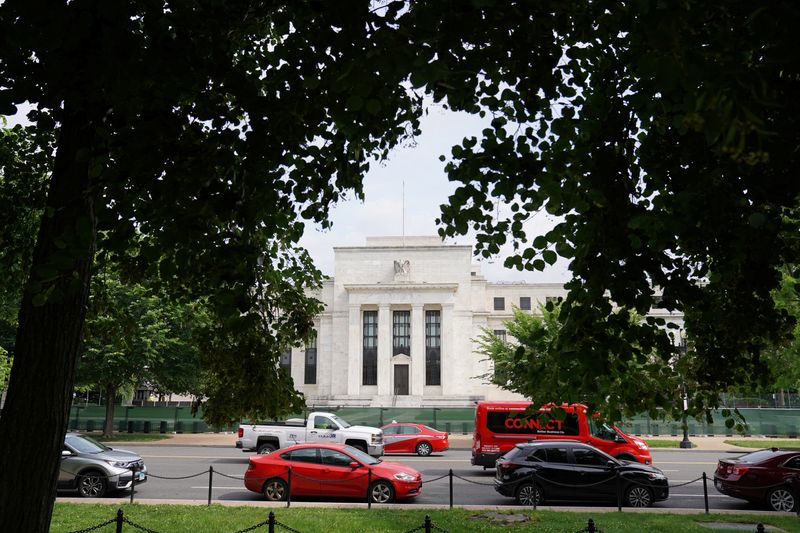Factbox-How regulators have overhauled contentious Basel Endgame capital hike rule
2024.09.11 11:10
By Hannah Lang
(Reuters) – The Federal Reserve’s regulatory chief on Tuesday outlined major revisions to the Basel Endgame draft rule hiking bank capital, following intense industry pushback. The proposal, which the Fed is expected to publish in coming weeks, is subject to a vote by the central bank’s board. Here are the broad changes:
CREDIT RISK
Credit risk capital requirements protect against the risk that a bank’s loans will not be fully repaid.
Fed Vice Chair for Supervision Michael Barr said the revised draft would lower risk-weights for residential real estate loans and loans to retail customers. The original proposal introduced a more risk-sensitive approach to those loans but lenders said that overstated their risks and would affect home affordability and homeownership.
The second proposed change would extend a reduced risk weight for low-risk corporate exposures to some investment grade entities that are not publicly traded. The original proposal provided this preferential treatment only to publicly traded investment-grade corporates, but the industry argued that other privately held, stringently regulated entities should also be included. The new draft will now include pension funds and certain mutual funds in this preferential treatment, Barr said.
The third change will scrap a proposed minimum haircut for securities financing transactions. The proposal included capital requirements for repo-style transactions and eligible margin loans, but Wall Street banks lobbied hard against that proposal, which conflicts with how other countries treat such assets.
EQUITY EXPOSURES
Barr said he plans to significantly lower the risk weight for tax credit equity funding structures, given their lower inherent risks compared to other equity investments.
That approach would match the Fed’s approach for other tax credit investments, like low-income housing tax credits, Barr said.
OPERATIONAL RISK
A key plank of Basel aims to better measure and capitalize losses stemming from banks’ operational risks, like fraud, lawsuits or cyberattacks. It had proposed adjusting that capital charge based on banks’ operational loss history, but Barr said the Fed would scrap that plan, which should reduce swings in those capital requirements.
The operational risk part of the proposal had penalized fee-based income as more vulnerable to operational snags. But the Fed will adjust how it measures banks’ share of fee-based activities to net income instead of gross revenues.
Using net income would produce more consistency in how operational risk is measured across bank activities and would be less sensitive to different bank accounting practices, Barr said.
The proposal will also reduce operational risk capital requirements for investment management activities. The Fed has “found evidence that investment management has historically experienced noticeably low operational losses relative to income produced,” Barr said.
MARKET RISK AND DERIVATIVES
The new draft will ease proposed constraints on banks’ use of internal models for assessing the risk of trading and derivatives activities, Barr said.
Barr said the Fed would also adjust the capital treatment for some client derivatives which are cleared to better reflect the risks of those transactions, which he noted are highly collateralized and subject to daily margin requirements.
TIERING
Under the Fed’s new rule, global systemically important banks (GSIBs) and other internationally active banks would be subject to the strictest requirements. But capital requirements for large non-GSIBs would be simplified, Barr said.
Banks with assets between $250 billion and $700 billion that are not GSIBs or internationally active would still have to comply with the new credit risk and operational risk requirements, but only banks that engage in significant trading activity would have to comply with the market risk and certain other frameworks.

For those banks, as well as midsize banks with assets between $100 billion and $250 billion, the proposal would use the current definition of capital, with the exception of applying the requirement to reflect unrealized losses and gains on certain securities. Barr said those elements better incorporate interest rate risks into capital requirements, an issue that played a central role in the failure of banks last year.
The credit and operational risk frameworks would also not apply to banks with assets between $100 billion and $250 billion.








